Navigating Azure DevOps UI
Now that your Azure DevOps organization is up and running, it's time to get familiar with the user interface (UI). Understanding the layout of Azure DevOps will help you navigate effortlessly and make the most of its powerful tools like Boards, Repos, Pipelines, and more.
Overview of the Azure DevOps Interface
The Azure DevOps UI is designed to bring everything you need for software development into one place. Whether you're managing code, tracking tasks, or automating deployments — it’s all accessible through a clean, organized interface.
1. Navigation Bar
The top navigation bar is your main control panel. It lets you:
- Switch between projects and organizations
- Access services like Boards, Repos, Pipelines, Test Plans, and Artifacts
- Search for resources or work items quickly
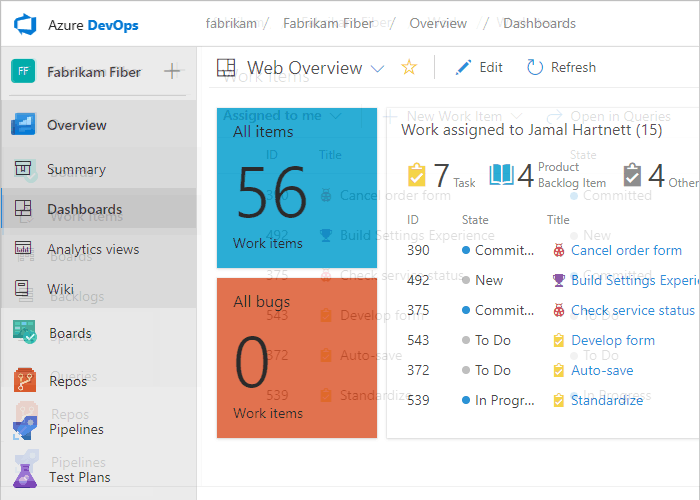
Use the navigation bar to switch between services and projects.
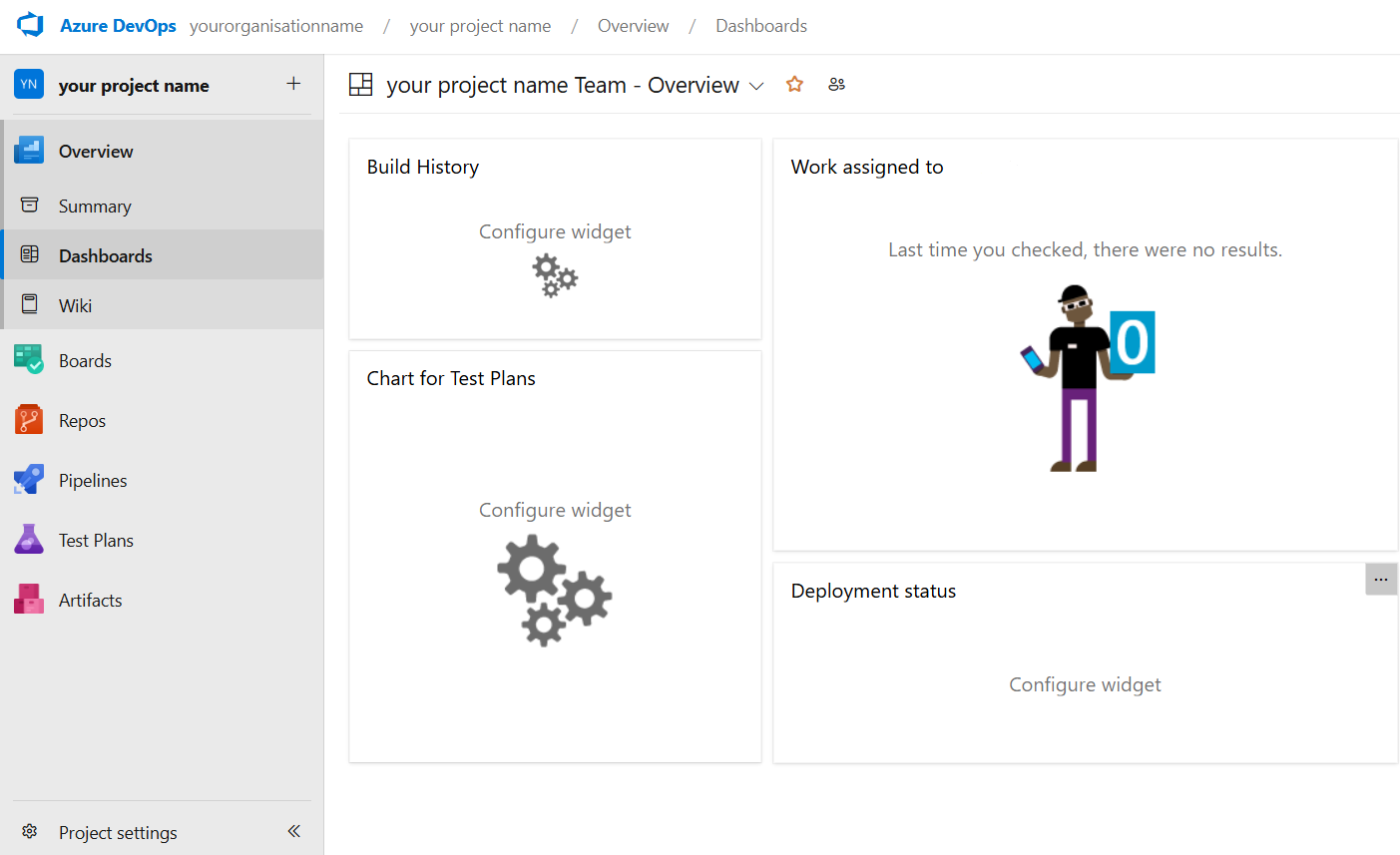
Your DevOps project overview — all in one place.
2. Project Dashboard
Each project has its own dashboard that shows recent activities, quick access to repositories, active pipelines, work items, and more.
It's like a bird’s-eye view of everything happening in your project — perfect for tracking progress at a glance.
3. Boards
Azure Boards helps you plan, track, and manage your work using Agile tools like:
- Kanban boards
- Scrum boards
- Backlogs and sprints
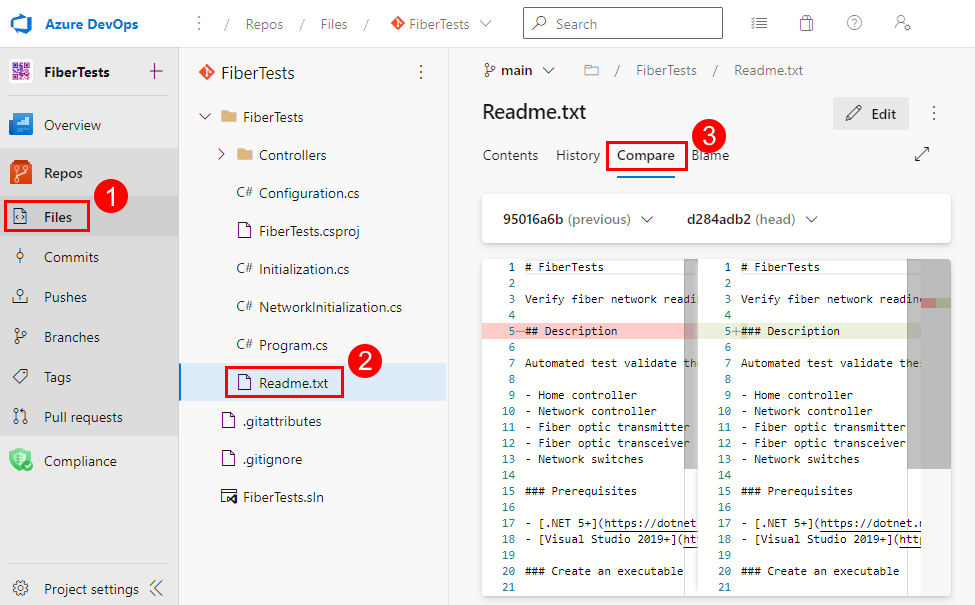
Manage your source code using Git with Azure Repos.
4. Repos
Repos is where your project’s code lives. It provides Git-based version control with features like:
- Branching and merging
- Pull requests for collaboration
- Inline code reviews and history
5. Pipelines
Azure Pipelines allows you to build, test, and deploy your applications automatically through CI/CD workflows. It supports:
- YAML and classic editors
- Multiple programming languages
- Integration with GitHub, Docker, Kubernetes, and more

Automate your development workflows with Pipelines.
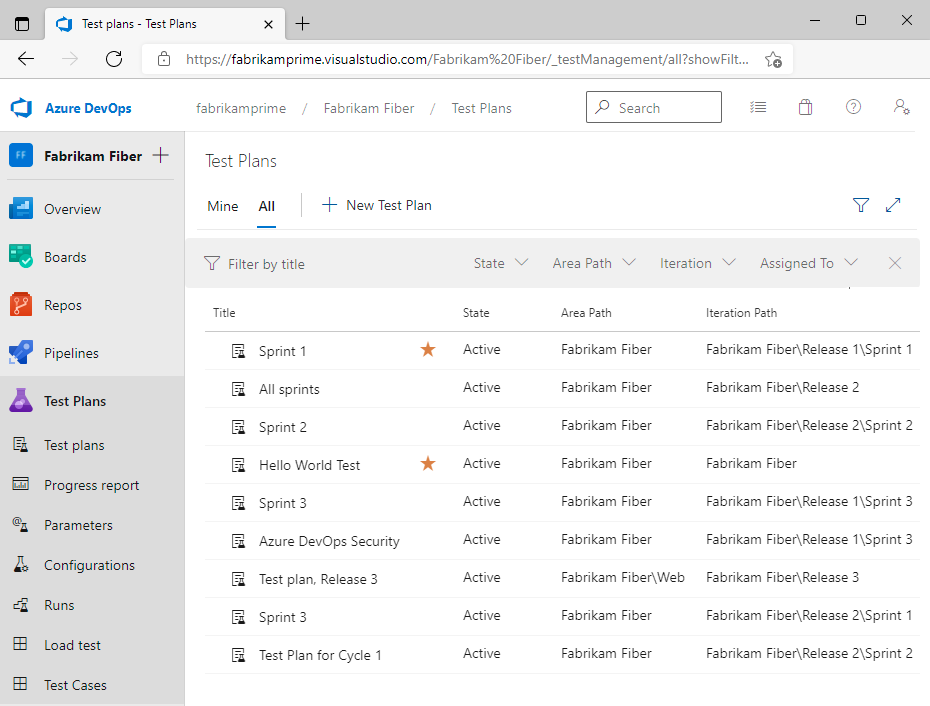
Test your application manually or automatically using Test Plans.
6. Test Plans
Azure Test Plans is a complete testing solution. It lets you:
- Create test cases
- Run manual and automated tests
- Track bugs and test results
7. Artifacts
Azure Artifacts lets you create, host, and share packages across your organization. It supports package types like:
- NuGet (for .NET)
- npm (for Node.js)
- Maven (for Java)
- Python packages
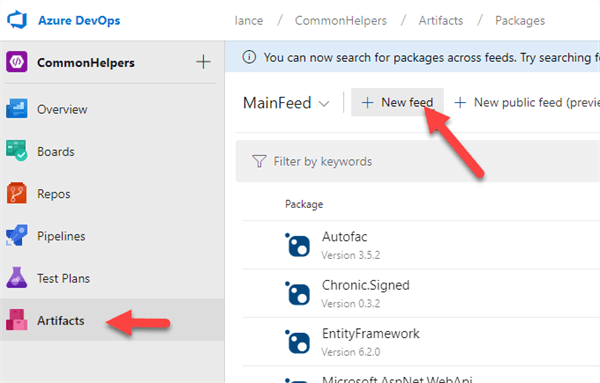
Manage packages and dependencies with Azure Artifacts.
Conclusion
Azure DevOps brings together all the tools you need for modern software development into one clean, integrated UI. By understanding how to navigate its dashboard, services, and menus, you’ll feel more confident managing your projects.
In the next section, we’ll learn how to create and manage multiple projects within your Azure DevOps organization. Let’s keep building!